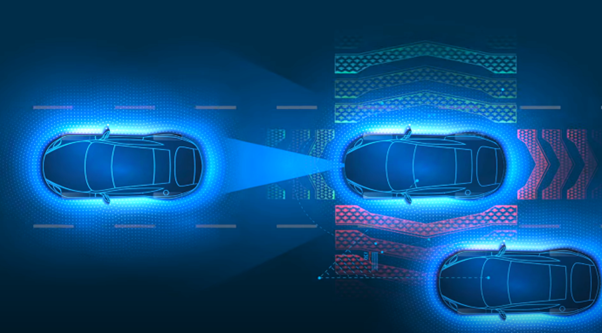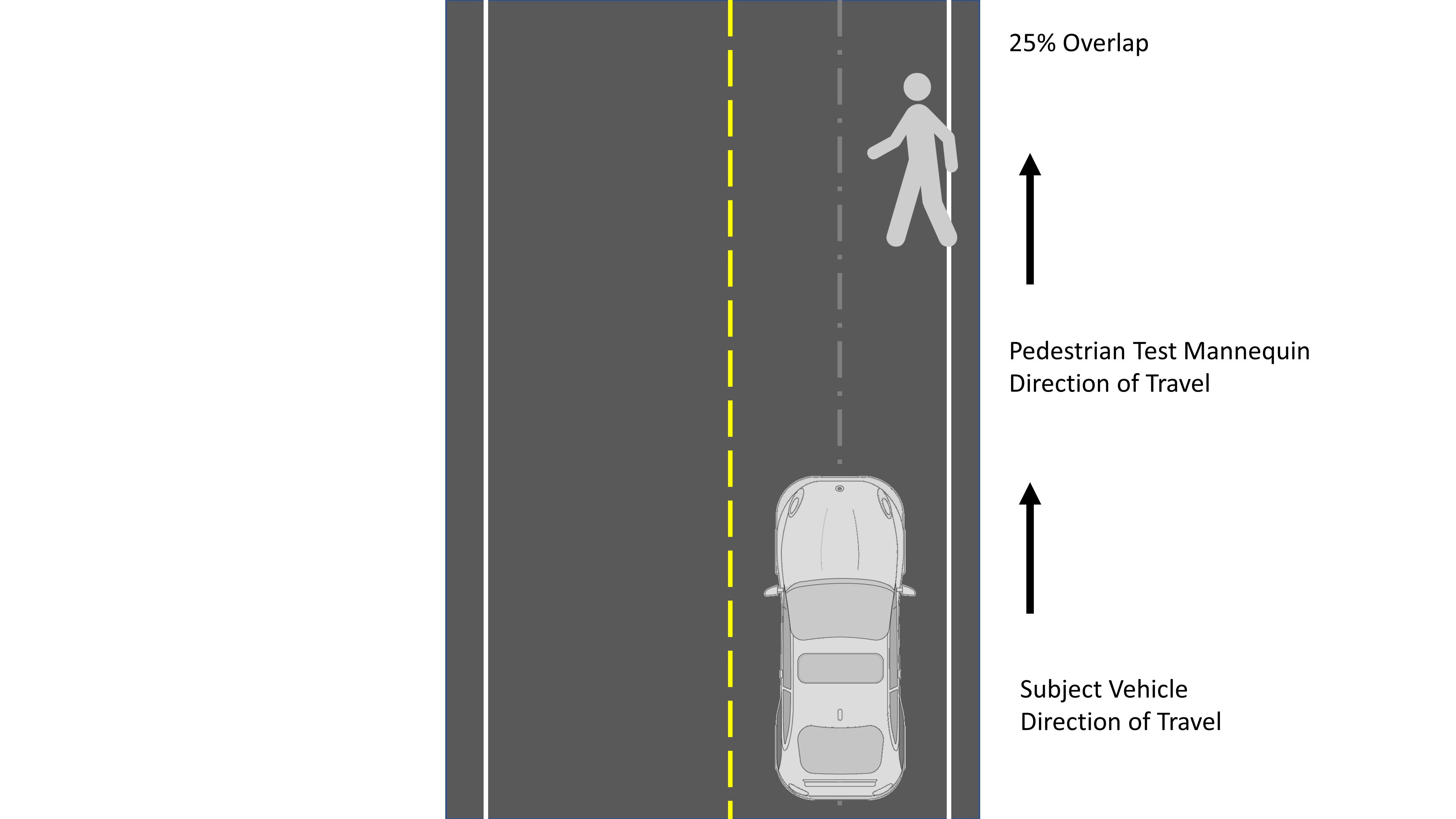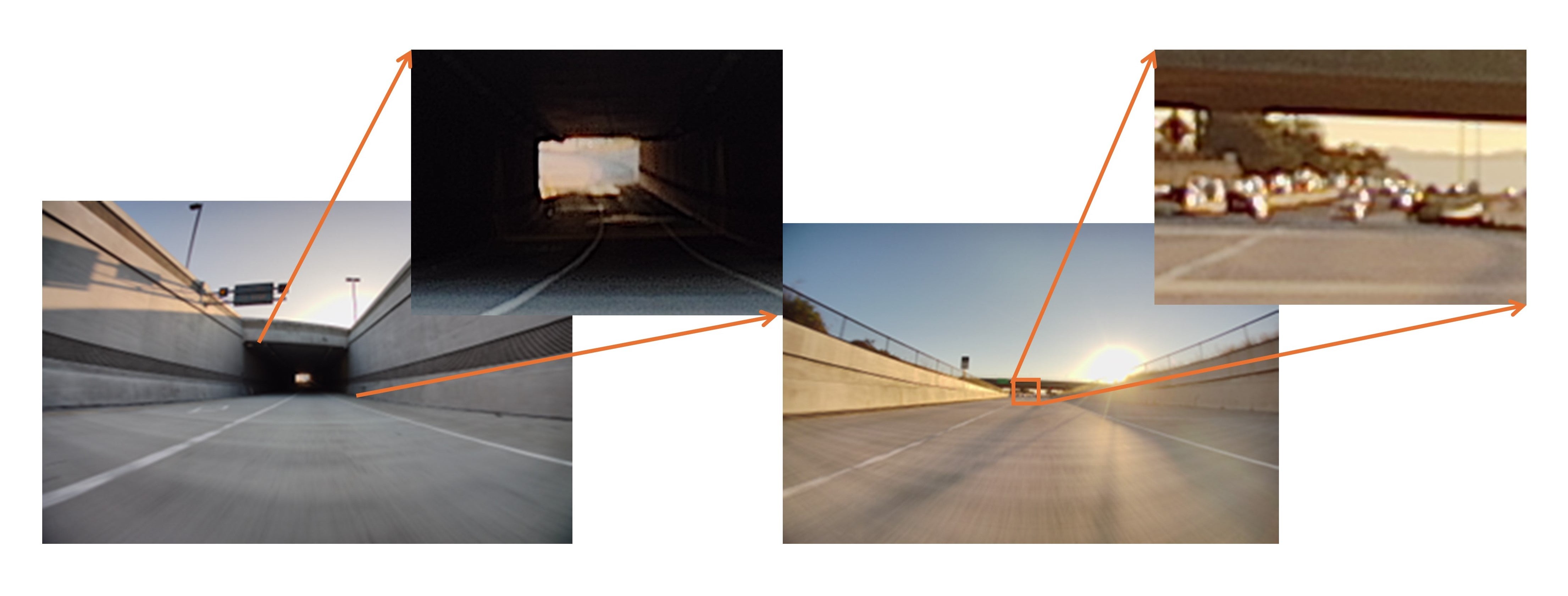The US National Highway Traffic Safety Administration (NHTSA) recently introduced a new mandate requiring the fitment of automatic emergency braking (AEB) on all new passenger vehicles by September 2029 (for model year 2030). The AEB system is designed to detect obstacles and automatically apply the brakes if the driver does not respond in time. This proactive measure often prevents collisions or, at the very least, mitigates the severity of the impact.
This new ruling was driven, in part, as a response to direction by Congress that required the NHTSA to define minimum performance standards for AEB systems. The directive identifies minimum performance standards for two key scenarios, one involving other vehicles and the second focused on pedestrians.
For vehicle-to-vehicle incidents, future AEB systems would need to take full action starting from 10 mph when a driver fails to react. If a driver brakes but not with the full force required, the future AEB system would have to fully avoid another vehicle at speeds up to 90 mph. The proposed vehicle-to-pedestrian would also need to work at night, with the NHTSA stating that more than 70% of pedestrian fatalities in the US occur at night.
The Automakers’ Response
At first glance, it would seem obvious that any initiative that improves road safety should be embraced. The automakers, however, have expressed significant concerns about the new directive. The Alliance for Automotive Innovation, which represents many leading automakers and other companies within the automotive industry, has written to congressional transport committees and the NHTSA to highlight a petition they have filed requesting that the new AEB ruling be reconsidered.
The basis of this request is that automakers assert that achieving the mandated requirements is “practically impossible with available technology.” Nevertheless, the NHTSA report identifies at least one of vehicles tested that is already meeting the requirements passing all the tests, giving credence to an opposite conclusion. That indicates some of today’s high performance image sensors, such as those offered by onsemi, can achieve the required performance levels.
Historically, the bulk of the auto industry has been relatively slow to respond to voluntary requests. In 2016 the NHTSA asked 20 automakers (representing 99% of US sales) to add some form of AEB to their passenger vehicles by 2022. By 2020, only half of them had added the feature thereby opening the door for a mandate to be issued. Fortunately, at least six companies have made huge progress – for example, General Motors has stated that 98% of their 2023 models would be AEB equipped.
Clearly, AEB is an incredibly important safety technology that according to an NHTSA report could save 360 lives and prevent 24,000 injuries per year in the USA. In Europe, it has been formally recognized as part of the European New Car Assessment Program (Euro NCAP) since 2019. NHTSA assessed that only software update may be required to fulfill the mandate for most of the existing vehicles that were preliminary tested. But meeting the new 2029 requirements are difficult and will likely need hardware changes above the most typical configuration selling today.
AEB Technology
Many types of AEB systems exist, although most commonly they use a combination of image sensors, LiDAR, and/or RADAR to identify objects and then either warn the driver or automatically apply the brakes.
The image sensor is key to automotive camera performance and factors such as field-of-view (FOV), resolution, frame rate, dynamic range, number of exposures (latency), and low light performance requirements will determine suitability for this demanding application. As the technology has evolved, image processing is more powerful, data transfer is faster, and sensors are more accurate in challenging light conditions. Ultimately, the AEB systems of today are far more capable than those just a few years ago.
Can Current Technology Meet the NHTSA Mandate?
onsemi has over two decades of automotive imaging experience and has shipped more than 70% of image sensors, that is over 1 billion units, to all cars on the road today. The latest generation Hyperlux™ image sensor family is the result of this extensive experience, innovation, and years of ongoing development. The Hyperlux AR0823AT sensor (3840 x 2160 pixels) exceeds the horizontal resolution needed for the pedestrian scenario, even with the vehicle traveling at the top speed of 45 mph, and also exceeds the performance of the image sensors used in the only car that passed NHSTA’s initial AEB testing.
The new mandate contains low-light criteria that were omitted from the 2016 voluntary scheme. Hyperlux image sensors feature an industry-leading 150 dB ultra-high dynamic range (HDR) for accurate images from 0.1 lux to 2 million lux brightness scenes. The most stringent part of the NHTSA mandate mentions 0.2 lux as a lower limit (without considering vehicle headlamps). If we consider a pedestrian in dark clothing, then the Hyperlux sensor is capable of exceeding the NHTSA requirement.
Furthermore, the incredible dynamic range of these sensors allows a car to see both the vehicles in the immediate vicinity and any potential hazards beyond the end of the tunnel. This has been a significant challenge for image sensors until Hyperlux became available.
The accuracy offered by Hyperlux sensors, along with their integrated security and the industry’s highest level of image sensor safety rating, exceed basic AEB requirements, making them ready for ADAS Level 2+ systems and beyond.
Is the NHTSA Mandate Challenging Enough?
Clearly, any initiative to improve road safety should be applauded. While automakers see the NHTSA mandate as being too challenging, companies that supply the fundamental sensing technology, such as onsemi, and are exposed to a range of solutions across the industry, believe the mandate is achievable. Comparing NHTSA’s mandate to Euro NCAP shows that mandates for vehicle-to-vehicle requirements could be increased even further to reach Euro NCAP standards
Comparing the NHTSA mandate against state-of-the-art sensing products highlights that Hyperlux technology already fulfills all AEB requirements, including low light performance. On the current trajectory many ADAS-equipped vehicles will likely exceed the NHTSA requirements in the next five years.
While the NHTSA mandate is a positive step, particularly in areas such as low light testing, if it went further (especially higher speeds) it could prevent more injuries and save more lives. Through technology innovators and automakers working together, many cars could be equipped with advanced safety features ahead of what the current mandate requires.
Additional Resources:


